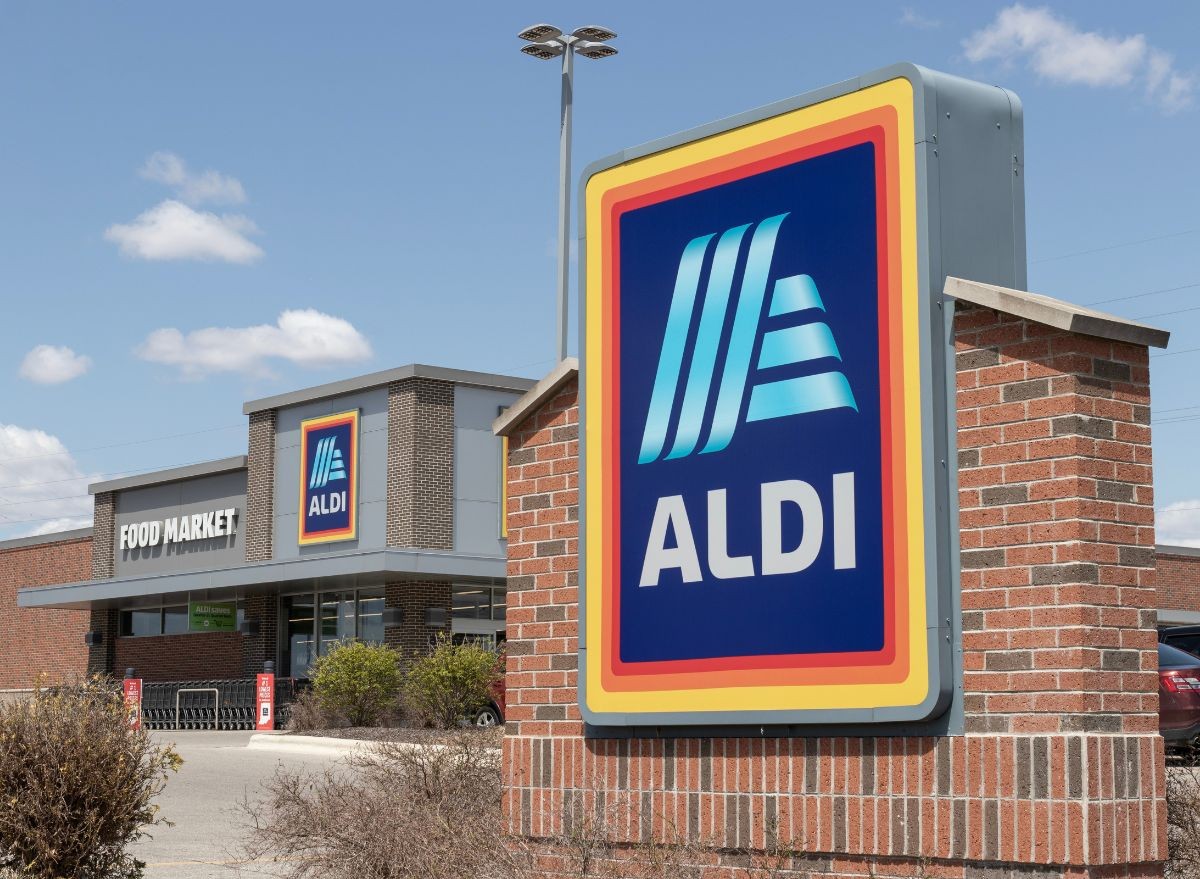Aldi and Lidl, two German grocery giants, often dominate discussions about discount grocery shopping in the US. While both offer budget-friendly options and share some similarities, key differences set them apart. This article delves into a comprehensive comparison of Lidl versus Aldi, examining various aspects of the shopping experience to help you decide which store best suits your needs.
Footprint and Expansion
Although both chains originated in Germany and later expanded to the United States, their presence in the US differs significantly. Aldi, having established its first American store in 1976, boasts a vast network of over 2,381 locations across 39 states. Aggressive expansion plans include opening 800 more stores within the next five years.
Lidl, a more recent entrant to the US market, launched its first store in 2017. With over 170 locations primarily concentrated in the East and Southeast, Lidl’s footprint is considerably smaller than Aldi’s. While Lidl is also expanding, its growth pace is less aggressive than Aldi’s. Globally, Lidl operates over 12,000 stores in 32 countries.
Baked Goods: Fresh vs. Pre-packaged
Lidl prides itself on its in-store bakery, a cornerstone of its shopping experience. Freshly baked European-style breads, pastries, croissants, and sourdough loaves are prepared daily, enticing shoppers with their aroma and quality.
In contrast, Aldi primarily offers pre-packaged baked goods delivered to stores. While Aldi has experimented with in-store bakeries in select locations, this feature is not widespread. This distinction impacts the freshness and variety available to shoppers.
Shopping Cart Quirks
Aldi’s unique shopping cart system requires a quarter deposit to unlock a cart, refundable upon return. This system encourages cart return, minimizes clutter in parking lots, and contributes to Aldi’s cost-saving strategies.
Lidl offers a more conventional approach, providing readily available shopping carts without requiring a deposit. This difference, though seemingly minor, reflects contrasting operational philosophies.
Affordability: A Close Contest
While both chains emphasize low prices, a recent study by BravoDeal revealed a slight price advantage for Aldi. Based on a basket of 12 common grocery items, Aldi’s average weekly cost for a three-person household was $43.48, compared to $54.24 at Lidl. Though the difference isn’t substantial, budget-conscious shoppers might find Aldi slightly more affordable.
Checkout Procedures: Streamlined vs. Traditional
Aldi employs a streamlined checkout process. Cashiers quickly scan items, placing them into a separate cart. Customers pay first and then bag their groceries at a designated area.
Lidl’s checkout experience resembles a traditional grocery store. Items are scanned and placed on a conveyor belt leading to a bagging area where customers bag their groceries during checkout. Lidl often utilizes a split conveyor system, allowing the cashier to begin scanning another customer’s order while the previous customer bags their items.
Product Selection: Private Label Emphasis
Both Aldi and Lidl heavily feature private-label or store-brand products. However, Aldi’s reliance on private labels is greater, with approximately 90% of its products being store brands compared to Lidl’s 80%. This nuanced difference can influence product variety and brand preferences.
Gardening Supplies: A Lidl Differentiator
Lidl distinguishes itself by offering dedicated Garden Centers in select locations. These outdoor sections showcase a variety of flowers, plants, gardening tools, and accessories, sourced from local growers. Aldi, while occasionally offering seasonal gardening supplies, lacks a permanent dedicated gardening department.
Conclusion: Choosing the Right Store
Both Aldi and Lidl excel in providing budget-friendly grocery options. Aldi’s broader footprint, emphasis on lower prices, and efficient operations appeal to value-driven shoppers. Lidl’s focus on fresh baked goods, a more conventional checkout experience, and unique offerings like Garden Centers attract customers seeking specific amenities. Ultimately, understanding these key differences empowers shoppers to choose the store that best aligns with their individual needs and preferences.


